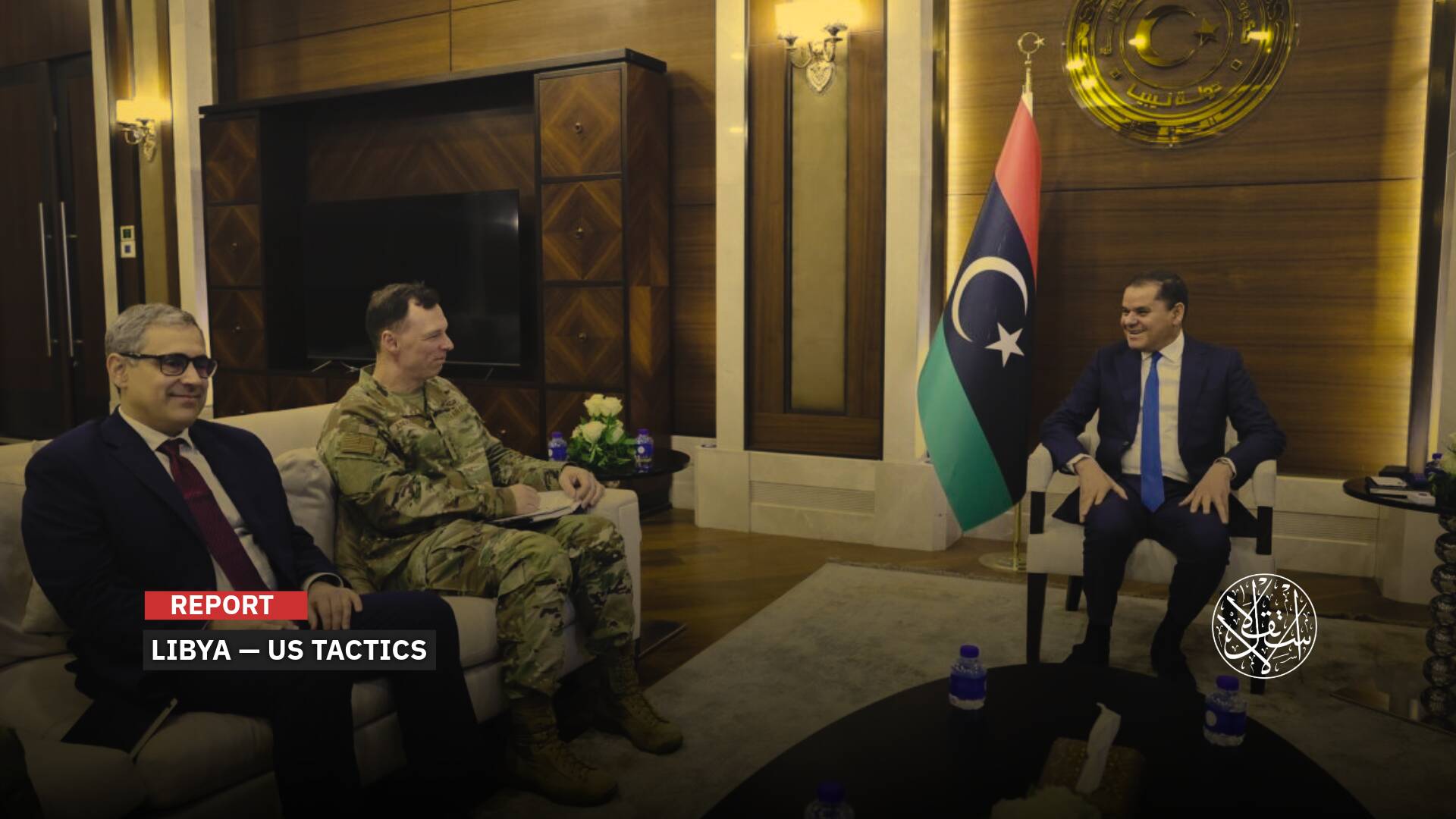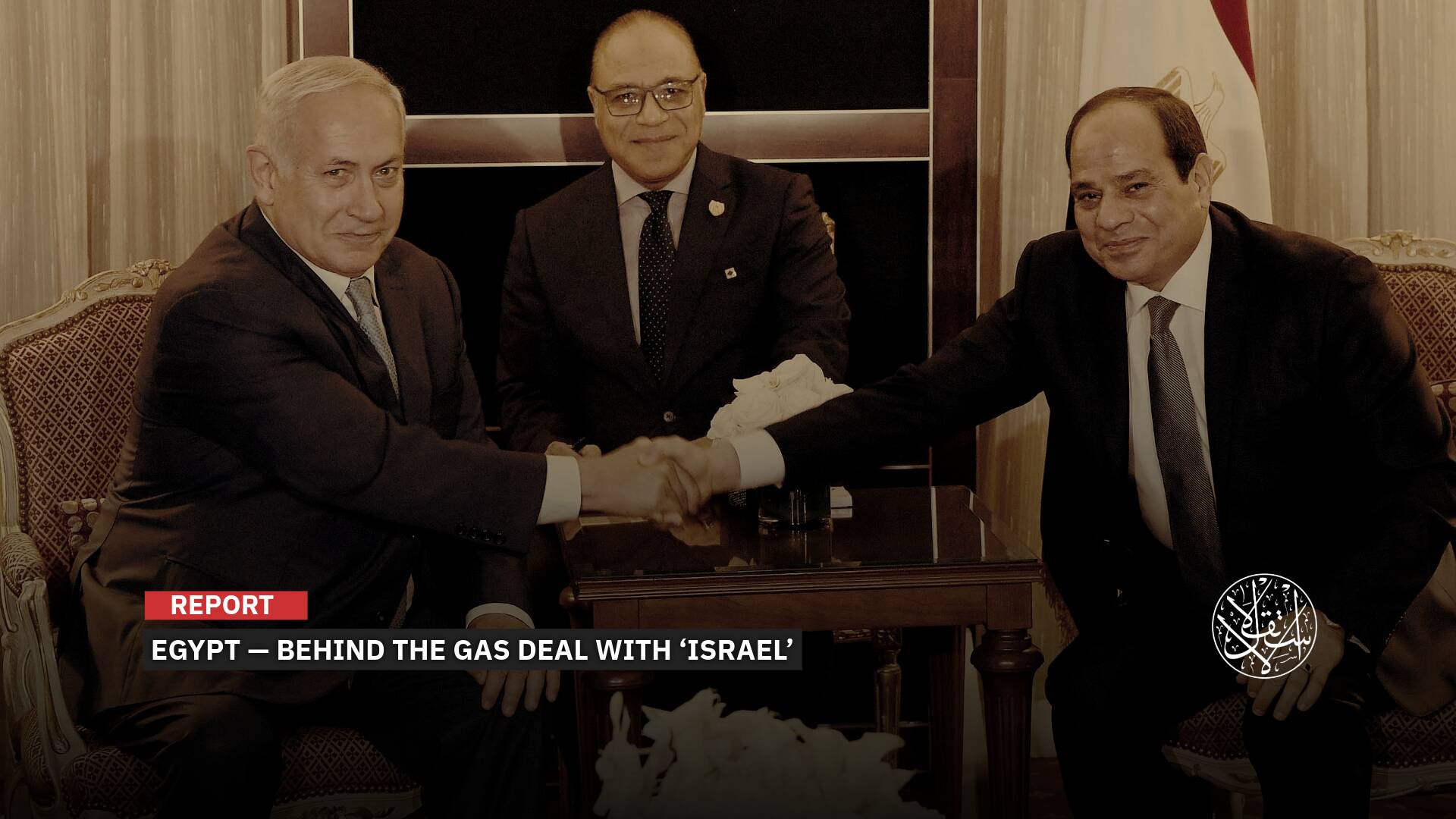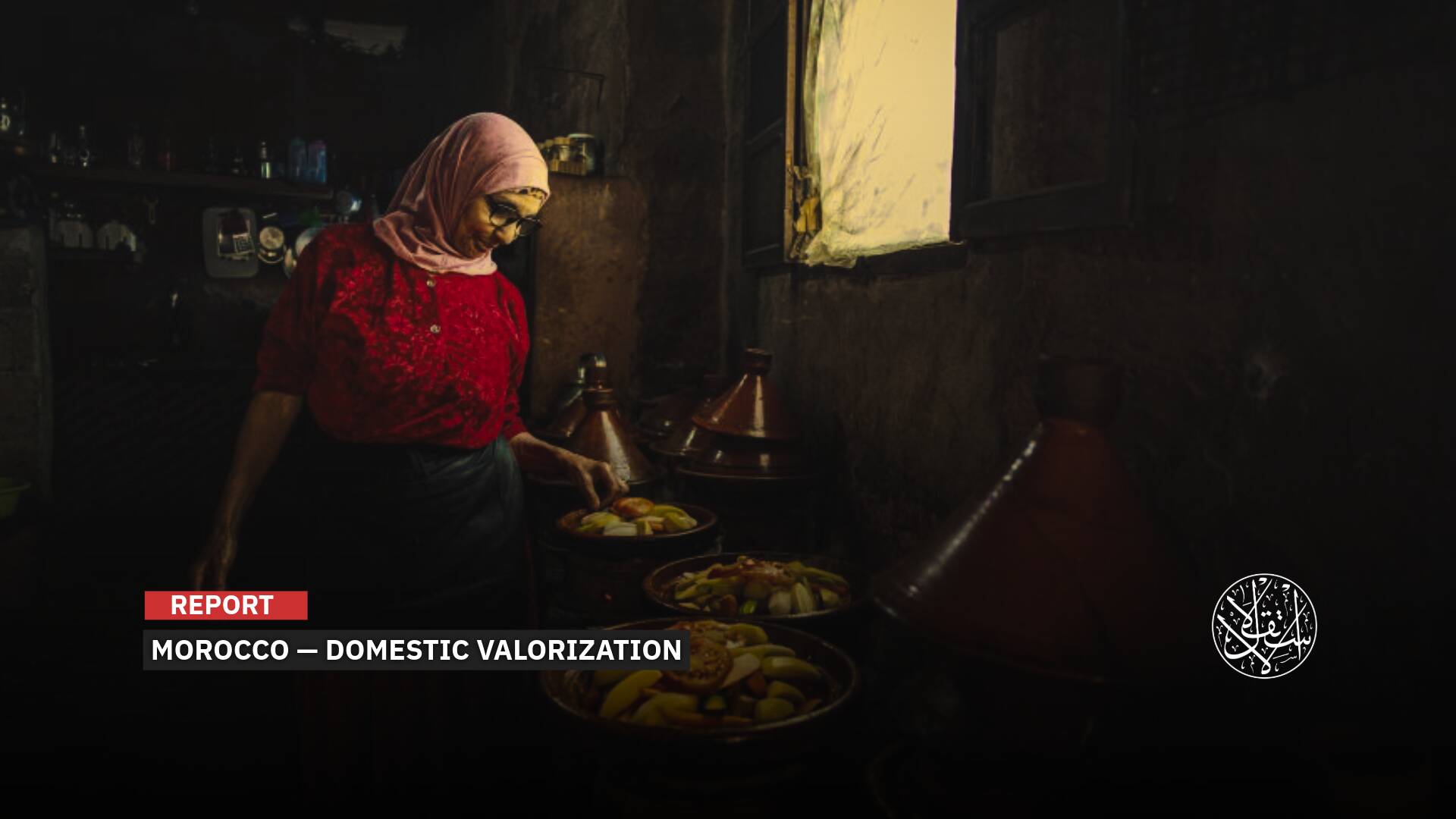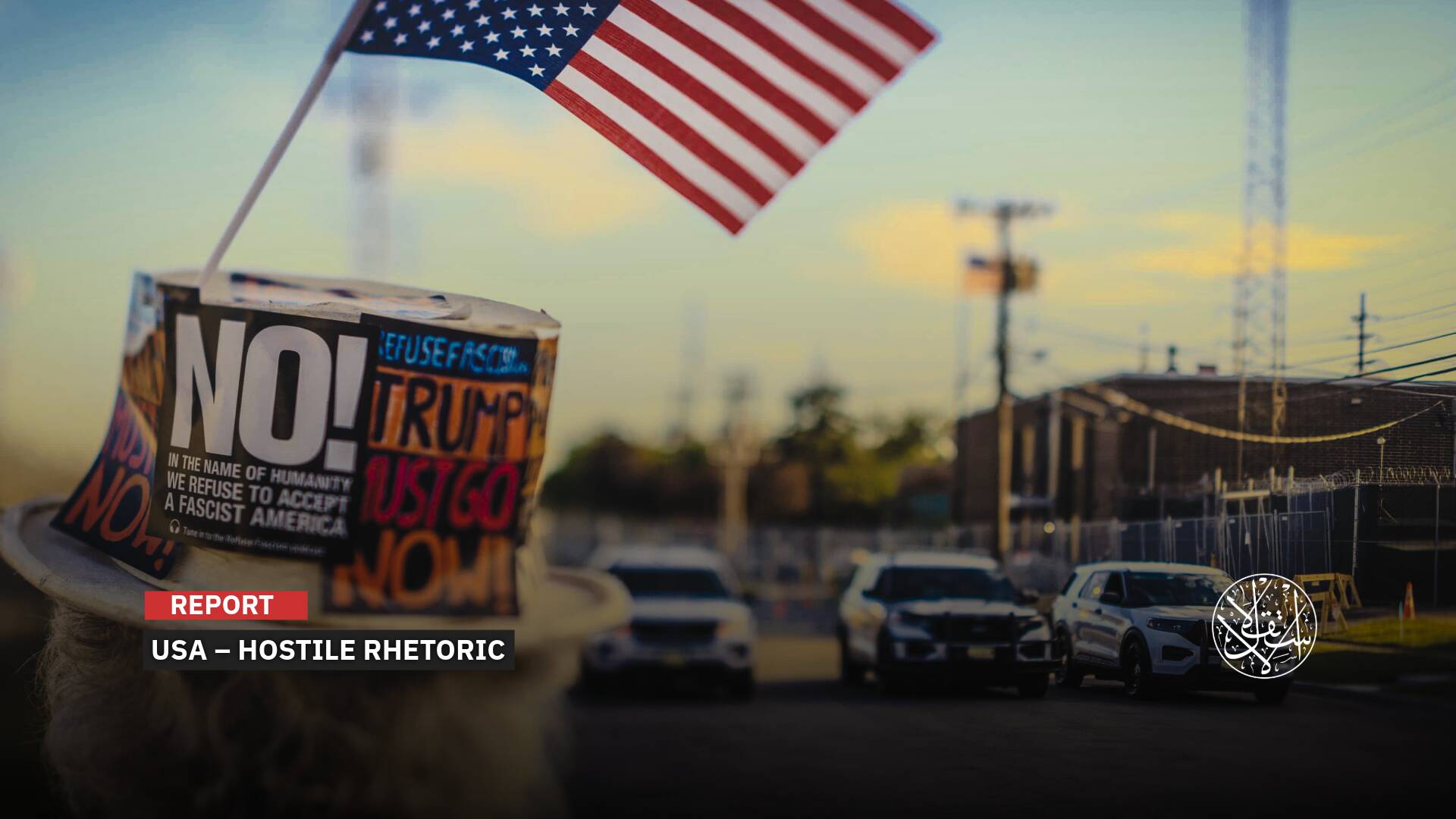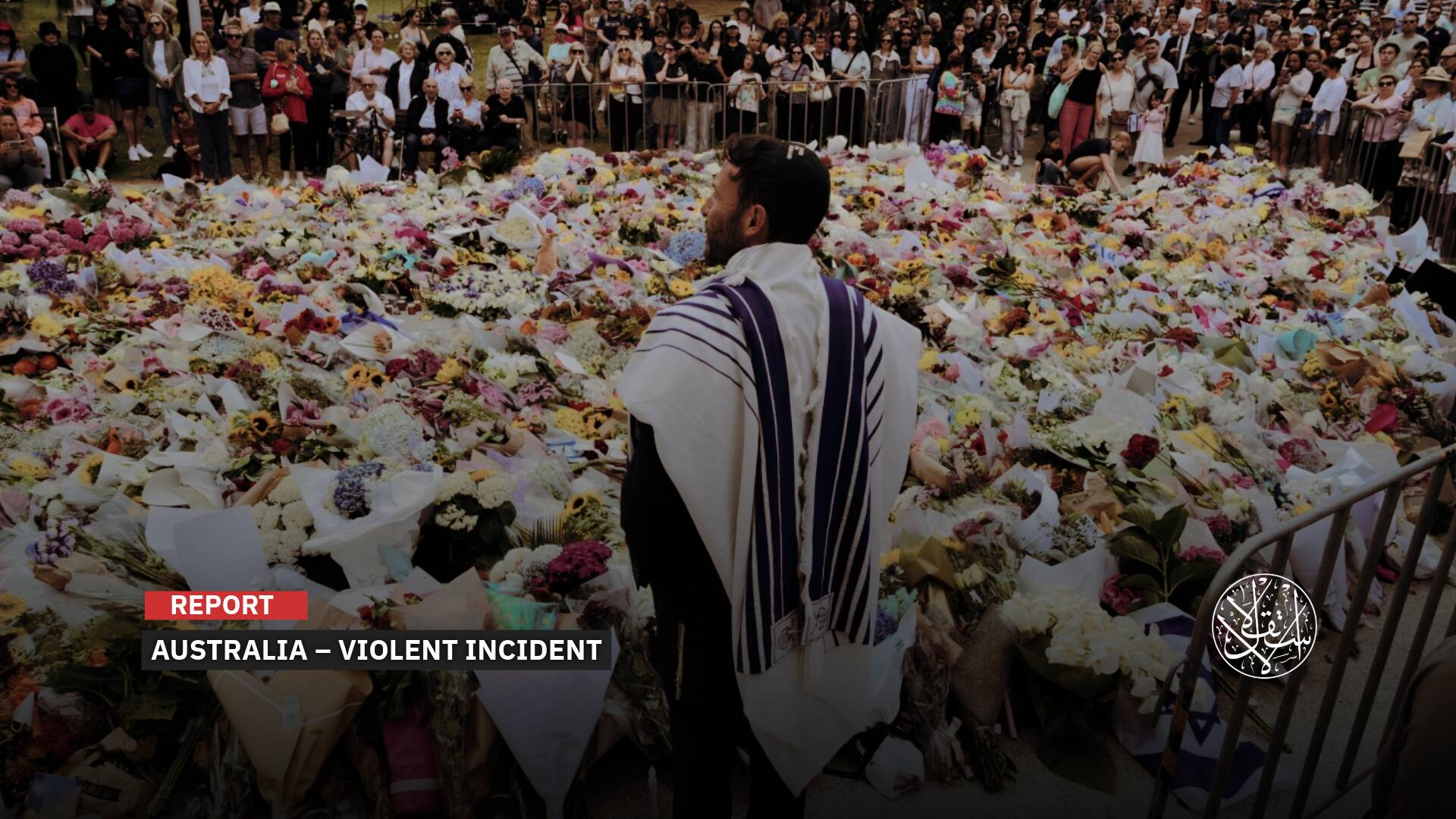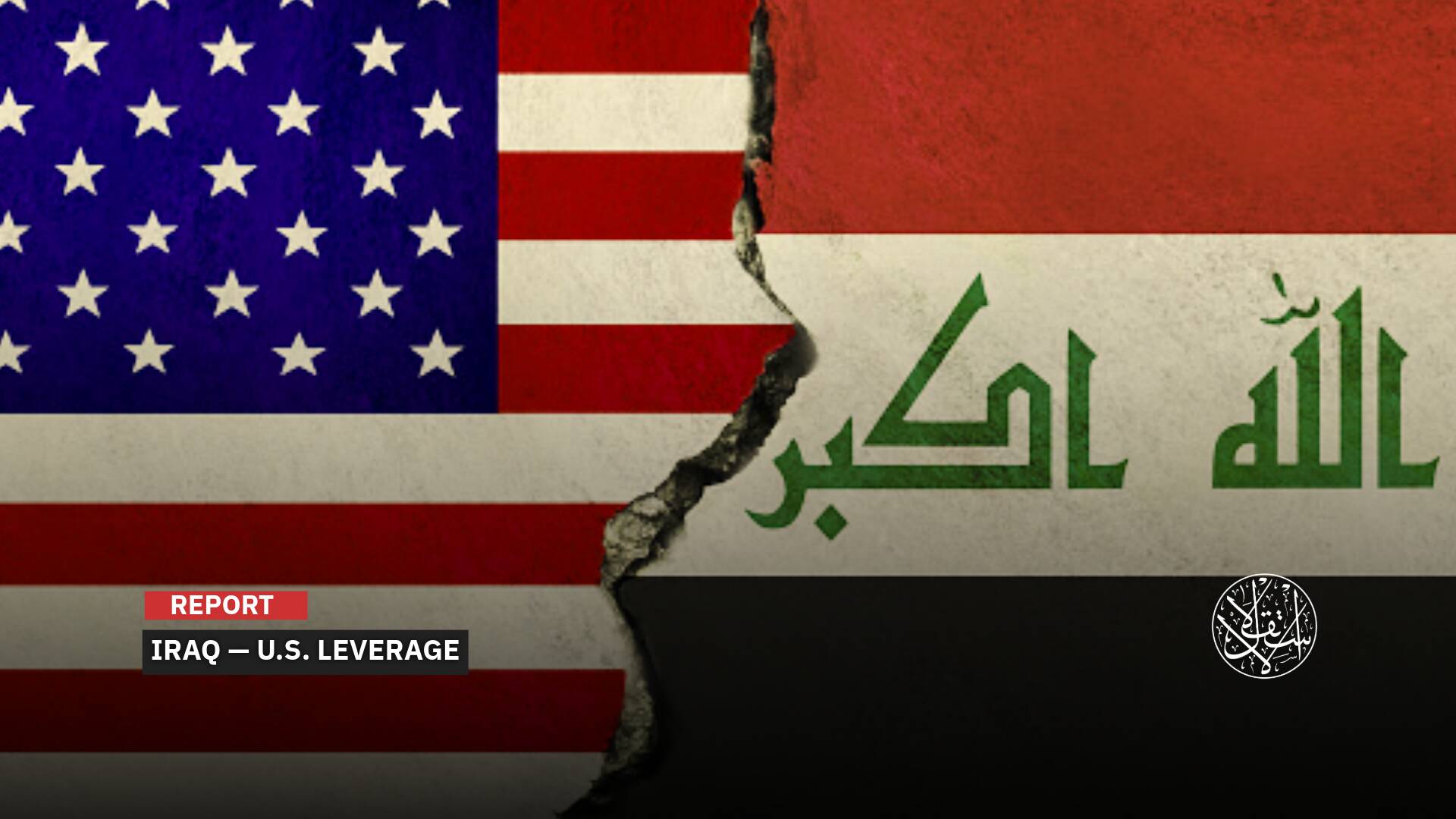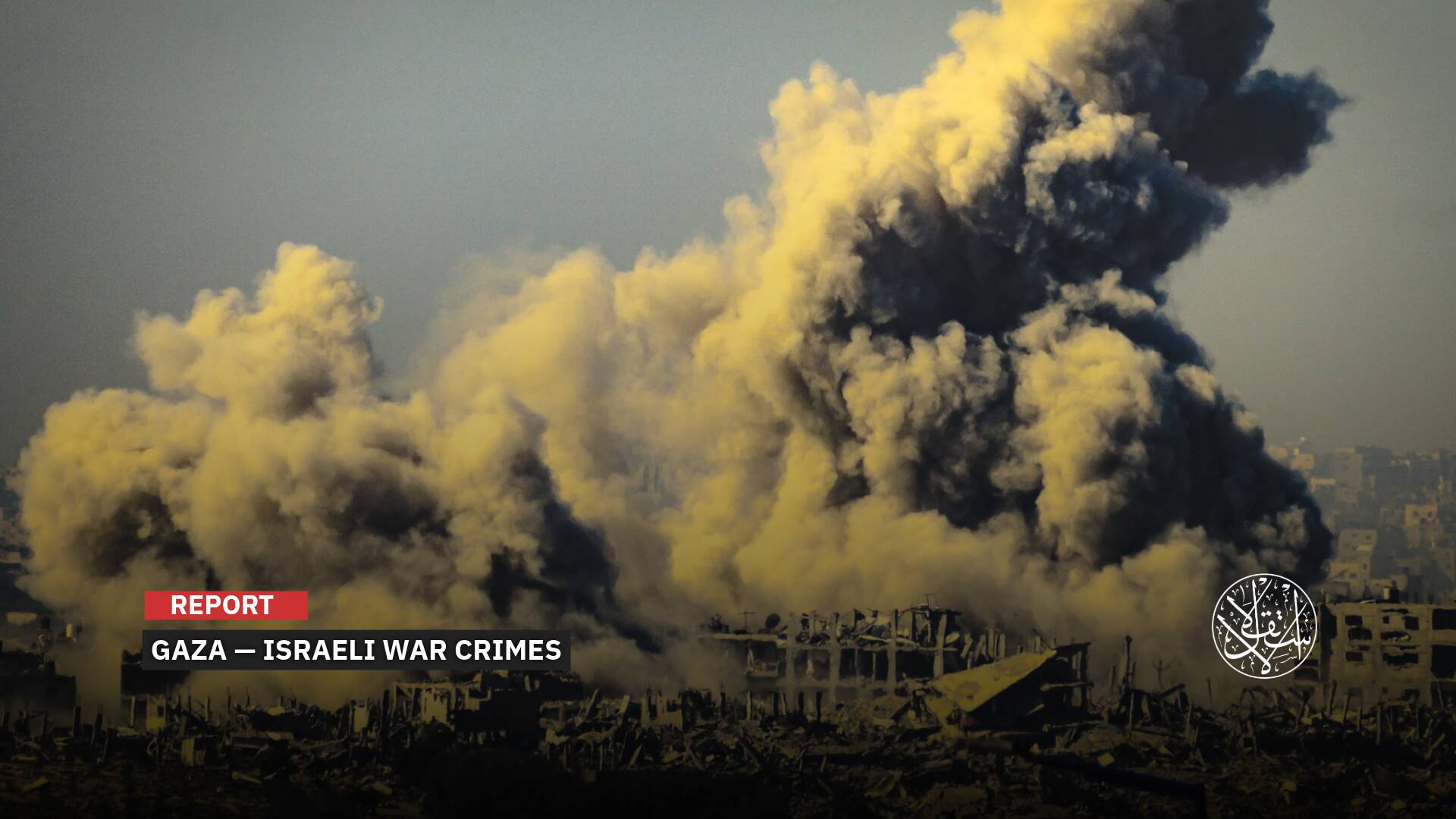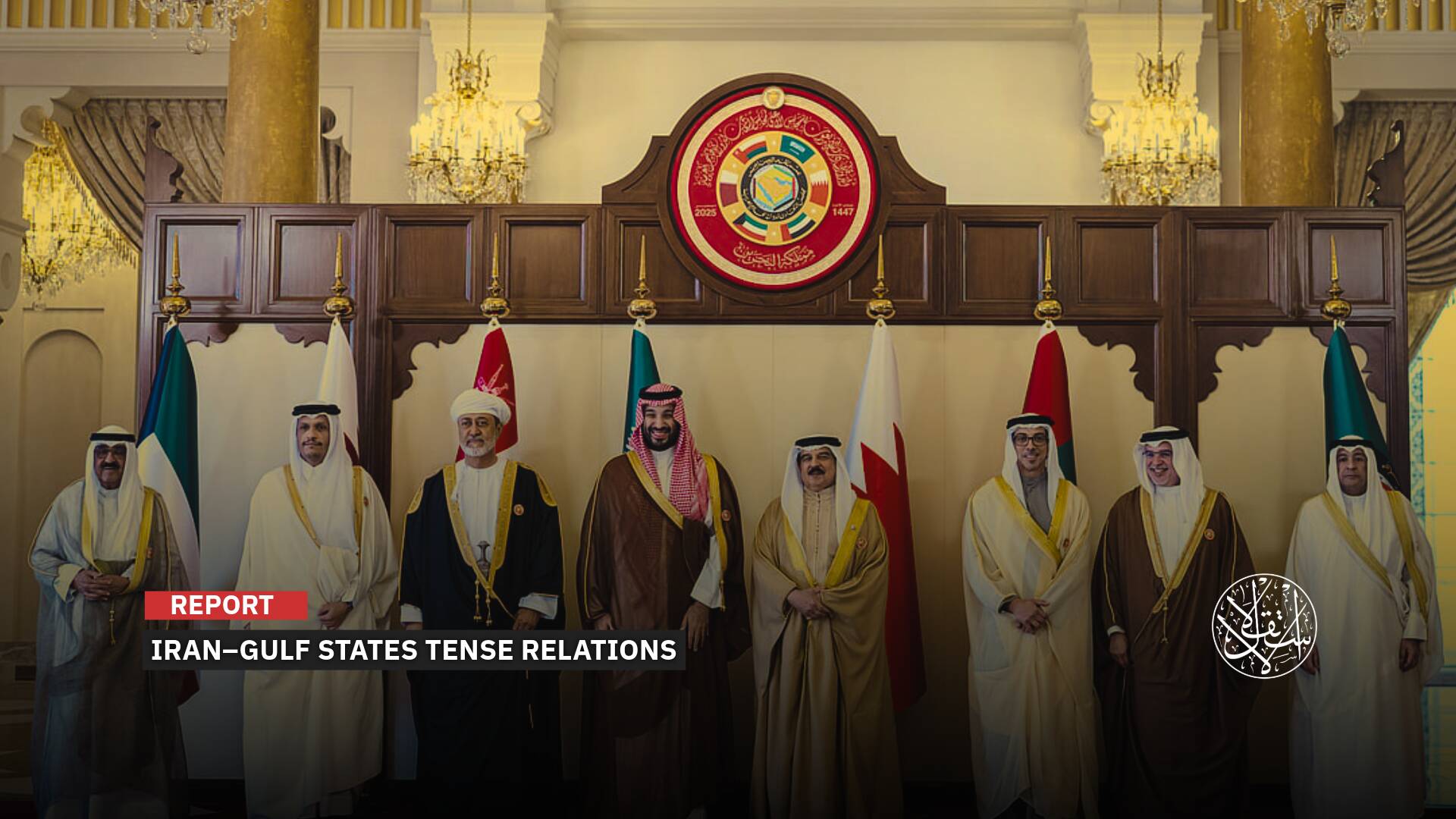After Years of Misrepresentation, This Is How New Muslims Respond to Western Cinema

In response to the promotion of Islamophobia by Western cinema, European Muslims have begun producing films that reflect the challenges they face in Western society.
These films aim to combat stereotypes, prejudice, and racial treatment perpetuated by the film industry, even influencing non-Muslim Europeans’ perceptions of Muslims and Islam.
My Muslim Husband
One such successful and impactful film showcased at the Sarajevo International Film Festival on August 13, 2023, was the Romanian film My Muslim Husband, directed by Daniel Barnuti and Alexandra Lizeta Barnuti, produced in 2023. This film serves as a model for depicting the lives of European converts to Islam in Eastern Europe.
Importantly, it is a true story, as the film’s protagonists are the actual directors, husband and wife, who share their journey after converting to Islam.
My Muslim Husband follows the life story of filmmaker Alexandra Lizeta Barnuti when she met her fellow director, Daniel Barnuti, who had converted to Islam 12 years earlier. They fell in love during a local cinema meeting and got married two months later.
Daniel, in an interview with Screen International, the international film industry website, on June 15, 2023, said, “My journey to Islam came before I met Liz when I was searching in my twenties for spirituality in Christianity and Buddhism and then finally Islam resonated with me around 2010.”
Daniel’s conversion to Islam prompted Liz to explore and inquire about Islam, eventually leading her to convert out of conviction.
However, the young Muslim couple quickly had to confront discrimination and struggled to establish their lives as a Muslim family after facing isolation from some of their relatives and friends.
The film portrays the challenges both of them face in European society after their conversion to Islam, depicting the struggles of Muslims in Europe dramatically and comprehensively.

On the other hand, Cineuropa stated on June 19, 2023, that the film was shot in a reality TV style, and at first glance, it appears as if it consists of a series of spontaneously arranged excerpts from intimate diaries, with its content carefully curated.
It explained that it is a romantic melodrama that provides suspense through numerous unexpected twists experienced by the characters before arriving at a surprising happy ending.
It added that it presents a positive image of Muslims and the problems they face in Europe, for which they bear no responsibility.
The filmmakers stated that some of the old prejudices faced by Daniel after converting to Islam still persist. In Romania, people are still afraid of what they do not know.
They emphasized that, through the film, they aim to show their cultural openness and stop the negative portrayal of Muslims.
This film is not the first of its kind; British director of Pakistani origin, Aleem Khan, addressed the same issue in his debut feature film After Love, released in 2020. The film depicts the life story of a married couple, one of whom is a British Iranian married to a British woman who converted to Islam, and the challenges they face due to their faith.
Swissinfo discusses the phenomenon of fear of Islam in European cinema, pointing out various examples of films produced by Muslims in Europe to express the issues facing their communities.
In a report dated April 11, 2012, it mentions French films produced by Algerian immigrants that focus on social resentment and racial problems they encounter.
It explains that these films, largely written and directed by second-generation immigrants, depict the other side of Islamic presence in Europe, highlighting rebellion against colonial dominance, embracing religious identity, and bias against racism and narrow-mindedness.
This is evident through the documentary film Here We Drown Algerians by Yasmina Adi, which depicts the oppression faced by Algerians in France in 1961, just a year before Algeria declared independence from French colonialism, according to Swissinfo.
New Muslims
The interest in cinema to provide a realistic and positive portrayal of the lives of Muslims in the West is now seen through the perspective of European converts to Islam, often referred to as “new Muslims” or “Muslims by choice.” These individuals constitute a minority within a larger minority, the European Muslim communities.
The marginalization and lack of representation faced by European Muslims, both in the media and the world of arts and cinema, have been reflected in their narratives.
Journalist and filmmaker Hany Beshr, in an article on Al-Jazeera Net on August 17, 2023, discusses the Romanian film, saying it offers a fresh perspective on dealing with Eastern European Muslims.
He points out that most media attention focuses on the experiences of new Muslims in Western European countries such as France, the Netherlands, and the UK while often overlooking the experiences of Muslims in Eastern European countries like Romania, Bulgaria, and Ukraine.
The film portrays the real struggles faced by new Muslims in Europe, where they are compelled to live on the fringes of two contrasting cultures.
One is their original culture, which often conflicts with Islamic principles and proves challenging to reconcile. The other is the Arab and Islamic culture brought by immigrant communities to Europe, a culture unfamiliar to them and filled with customs unrelated to religion.
This situation forces them to navigate a constant struggle in adapting to both cultures, reaching its peak when dealing with mixed marriages as they attempt to build families within diverse societies.
European cinema diverges in its portrayal of the multifaceted stories of new Muslims compared to cases of conversion to Islam in the United States. This difference becomes particularly evident in its historical and aristocratic contexts, as explained by Bashar.
For instance, it highlights the story of Lady Evelyn Murray, a British woman who embarked on a pilgrimage journey during the Victorian era. Born in Edinburgh, Scotland, in 1867, Lady Zainab, as she became known, hailed from an aristocratic family. She learned Arabic during her travels with her father to Algeria and Egypt.
This emphasizes the significant impact cinema holds in shaping perceptions, especially in an era dominated by visual content.
It underscores the inherent biases within the narratives presented in films, biases that may entertain but simultaneously assassinate our awareness regarding diverse cultures, societies, and peoples.

This assassination takes place through subtle means that manipulate historical facts and the deep structures of people’s cultures and distinguishing characteristics, as Moroccan researcher in Arab Islamic thought Yahya Alem explains in an article on Al-Jazeera Net on August 19, 2023.
This phenomenon occurred with Western films depicting Native Americans as violent tribes rather than the rightful inhabitants of the land.
The audience often takes pleasure in aligning with narratives that justify the violence leading to the extermination of entire civilizations and cultures.
Similar distortions have been witnessed in films related to Palestine and those addressing American intervention in Iraq.
The invasion, for instance, was portrayed as a pursuit of democracy. This narrative continues to be reshaped through stereotypical representations that have a lasting impact, especially in the absence of Arab cinema’s global competitiveness.
According to the Moroccan researcher, the stereotypical image exported through cinema about Arabs and Muslims can only be corrected through the same cultural and artistic mediums.
Distorted Image
The significance of this issue led Harvard University to publish a book in August 2021 by the author Kristian Petersen titled Muslims in the Movies. The book comprises a series of articles exploring how Muslims are portrayed and received by viewers in European and American films.
It delves into the depiction of Muslims on screen, addressing issues related to identity and cultural production.
Nearly a quarter of the world’s population is Muslim, but only 1.1% of the characters portrayed in the 100 top-grossing U.S. films from 2017 to 2019 were Muslim, according to a new study from the USC Annenberg Inclusion Initiative released Thursday.
The study, Missing & Maligned: The Reality of Muslims in Popular Global Movies, paints a dark picture of the “erasure” of Muslims from 200 popular films released during those years in four countries — the U.S., the UK, Australia, and New Zealand — and posits that their stereotypical portrayals as foreigners and threatening outsiders may have contributed to the rise of hate crimes against Muslims worldwide, according to the Deadline website.
Surveys indicated that, in 2019 alone, the potential attacks against Islam (Islamophobia) in the United States reached approximately 500 incidents. In the same year, nearly half of all hate crimes in England and Wales were directed against Muslims.
In March 2019, 51 people were killed, and others were injured in a shooting at a mosque in Christchurch, New Zealand.
“The representation of Muslims on screen feeds the policies that get enacted, the people that get killed, the countries that get invaded,” said Riz Ahmed, the Oscar-nominated Sound of Metal and Emmy-winning The Night Of actor who lent his support to the report. “The data doesn’t lie. This study shows us the scale of the problem in popular film, and its cost is measured in lost potential and lost lives.”

The Deadline website also published a study overseen by Kashif Shaikh, co-founder and president of the Pillars Fund, which provides advice on the portrayal of Muslims in films.
The study revealed that over 90% of the 200 films examined did not include a single Muslim character.
The same study found that 39% of the Muslim characters depicted in these films were shown as perpetrators of violence, and 70% portrayed Muslims enduring humiliation.
In 62% of these films, Muslims were subjected to insults, racist undertones, or religious discrimination.
“Muslims, both on screen and off, have been constrained to a narrative that normalizes them as violent and positions their faith as related to extremism,” the report concluded. “While this sample of movies did not feature a significant percentage of films with narratives focused on war or terrorism, a notable percentage of Muslim characters were depicted in ways that perpetuate a view of Muslims as violent.”
More than 17% of primary and secondary characters were shown as part of groups that used violence to achieve their goals, and 19% of Muslim primary and secondary characters died by the end of their respective films.
Kashif Shaikh stated that the study reveals the extent of the problem that Muslims face in the film industry and the urgent need for solutions that amplify Muslim voices in storytelling.
He added that the Fund’s plan to integrate Muslims in this field provides a direct response to these findings by offering a wide range of recommendations for cinema industry professionals.
Sources
- Muslims Underrepresented And Stereotyped In Top-Grossing Films, USC Annenberg Report Finds
- Why Liz and David Barnuti charted their own marriage for Transilvania doc premiere ‘My Muslim Husband’
- “New Muslim” films in European cinema [Arabic]
- When cinema in Europe monitors the phenomenon of fear of Islam [Arabic]


